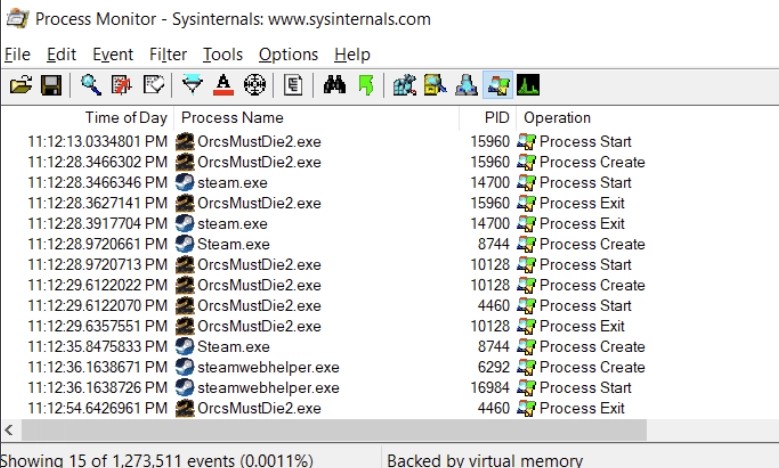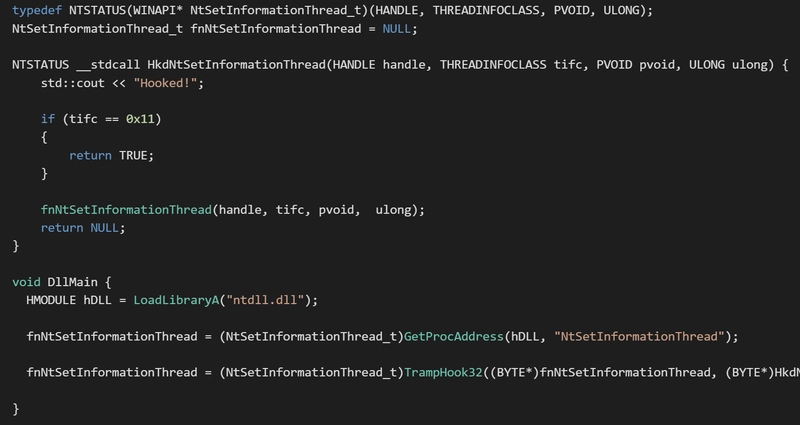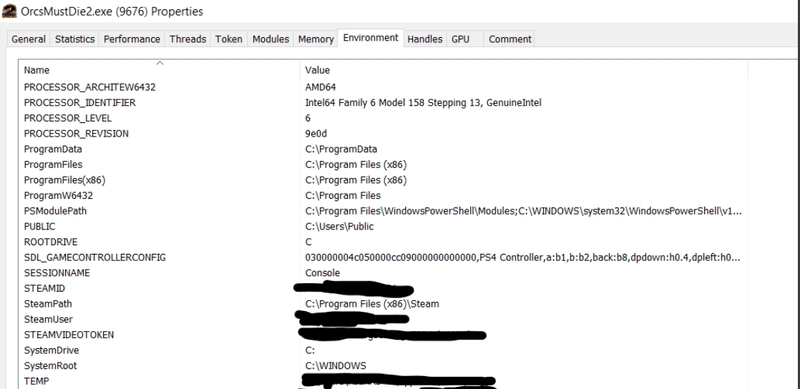Introduction to AntiDebug Tricks
AntiDebug techniques are critical for software developers looking to protect their code from unauthorized access and alteration. They are particularly essential for those developing high-security applications, ensuring that debuggers cannot manipulate the code for malicious purposes. This article will summarize several robust AntiDebug techniques, providing insights into the detection of debuggers with time checks, breakpoint detection, and the practical utilization of Structured Exception Handling (SEH).

Debugger Detection through Time Checks
A common technique to detect the presence of a debugger involves the use of time checks. By measuring the time between two instructions, a program can identify unnatural delays caused by a debugger. If the time difference is greater than expected, it indicates that a debugger may be intercepting the code. For a more in-depth explanation on how to implement this technique, the post titled how to detect debuggers with time checks is an excellent resource. This step-by-step guide provides practical examples and code snippets to assist software engineers in effectively applying this method.
Detecting Breakpoints
Breakpoints are fundamental tools in debugging; however, in the context of AntiDebug, they are barriers that must be detected and overcome. When breakpoints are set in the code, they can be detected through specific instructions. The implementation of breakpoint detection as an AntiDebugging trick is detailed in the breakpoint detection guide. This article covers various methodologies, providing code examples and offering an in-depth understanding of this crucial aspect of software security.
Practical Malware Analysis and Exercises
Understanding and countering malicious software is vital for the development of secure applications. Practical exercises in malware analysis offer hands-on experience in identifying and overcoming the challenges posed by malware. The post on practical malware analysis exercises presents various real-world scenarios and walkthroughs, enhancing the understanding of both AntiDebug techniques and malware detection.
Structured Exception Handling (SEH) and Trap Flag for AntiDebug
Structured Exception Handling (SEH) can be leveraged for AntiDebug purposes by utilizing a trap flag. By setting and monitoring the trap flag, software can detect and respond to unauthorized debugging attempts. A comprehensive guide on using SEH and trap flag for AntiDebug offers an elaborate tutorial on implementing this technique. The post includes practical examples and code illustrations, making it a valuable resource for software engineers focused on security.
Anti-Debug Techniques: Self-Debugging
An innovative approach to AntiDebug is self-debugging, where a program actively monitors itself to detect unauthorized access or alteration. This technique can create an additional layer of protection against debuggers, making it harder for malicious actors to interfere with the code. For a comprehensive understanding of this methodology, the post on self-debugging techniques provides an excellent overview, complete with code snippets and detailed explanations, making it a must-read for those interested in advanced AntiDebug strategies.





Top comments (0)